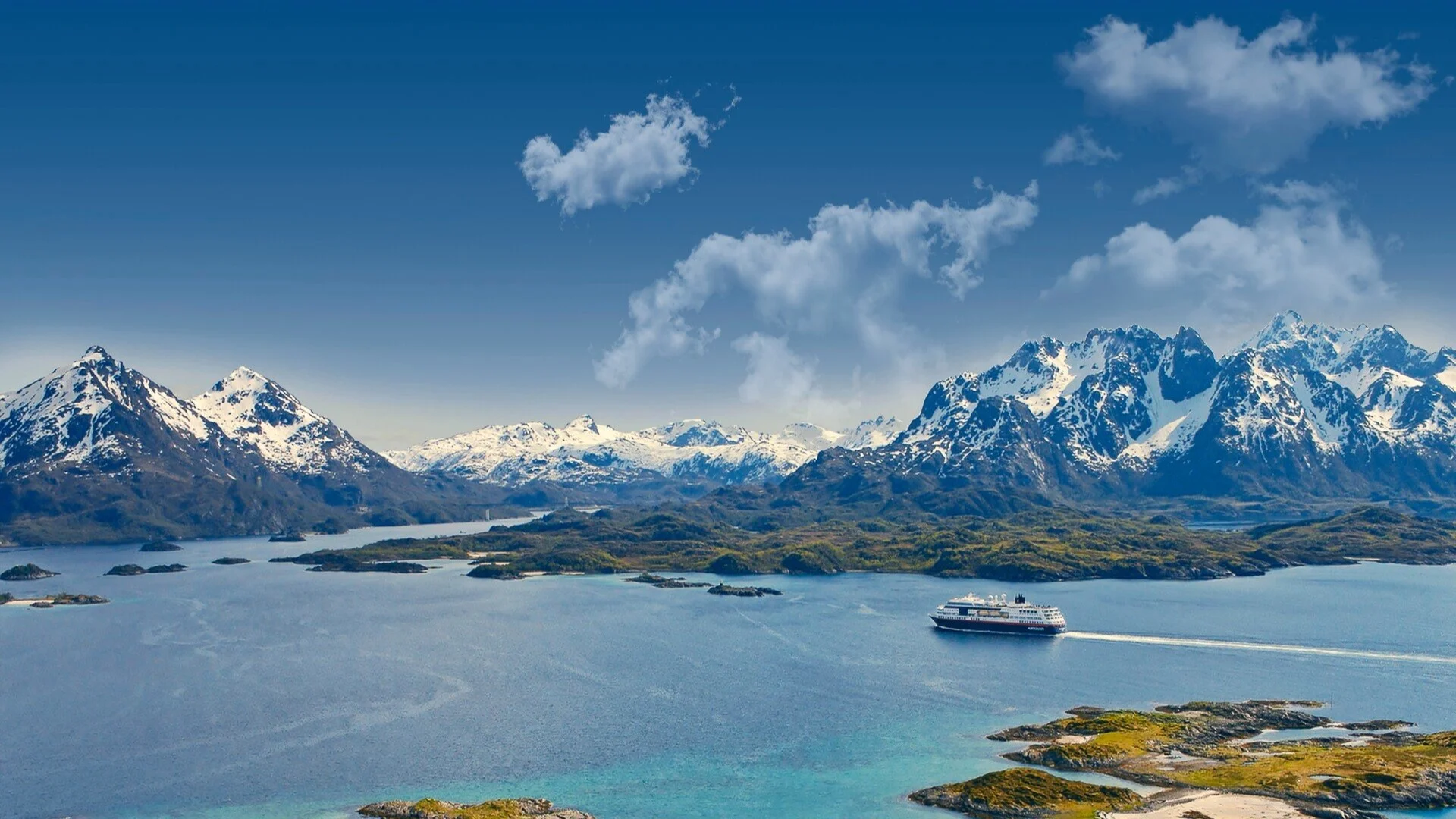
Sustainability
Caring for the Coast
Sea Zero
We’ve begun our most ambitious sustainability initiative ever in our 130-year history: developing a ship with zero-emission ships propulsion tailored to the Norwegian coast by 2030.
We are partnering with SINTEF, one of Europe’s largest independent research organizations, to explore solutions in energy efficiency and battery power.
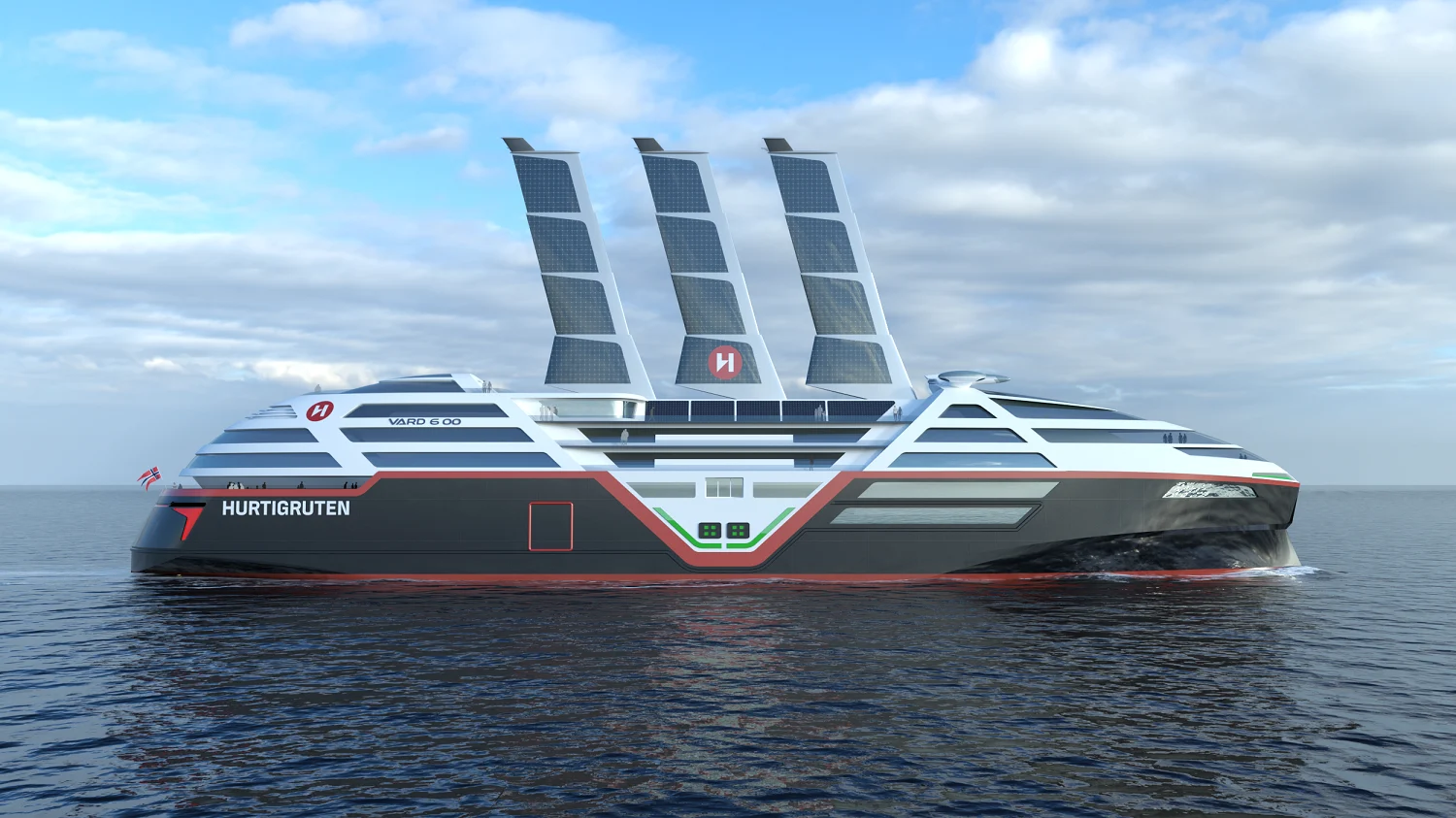
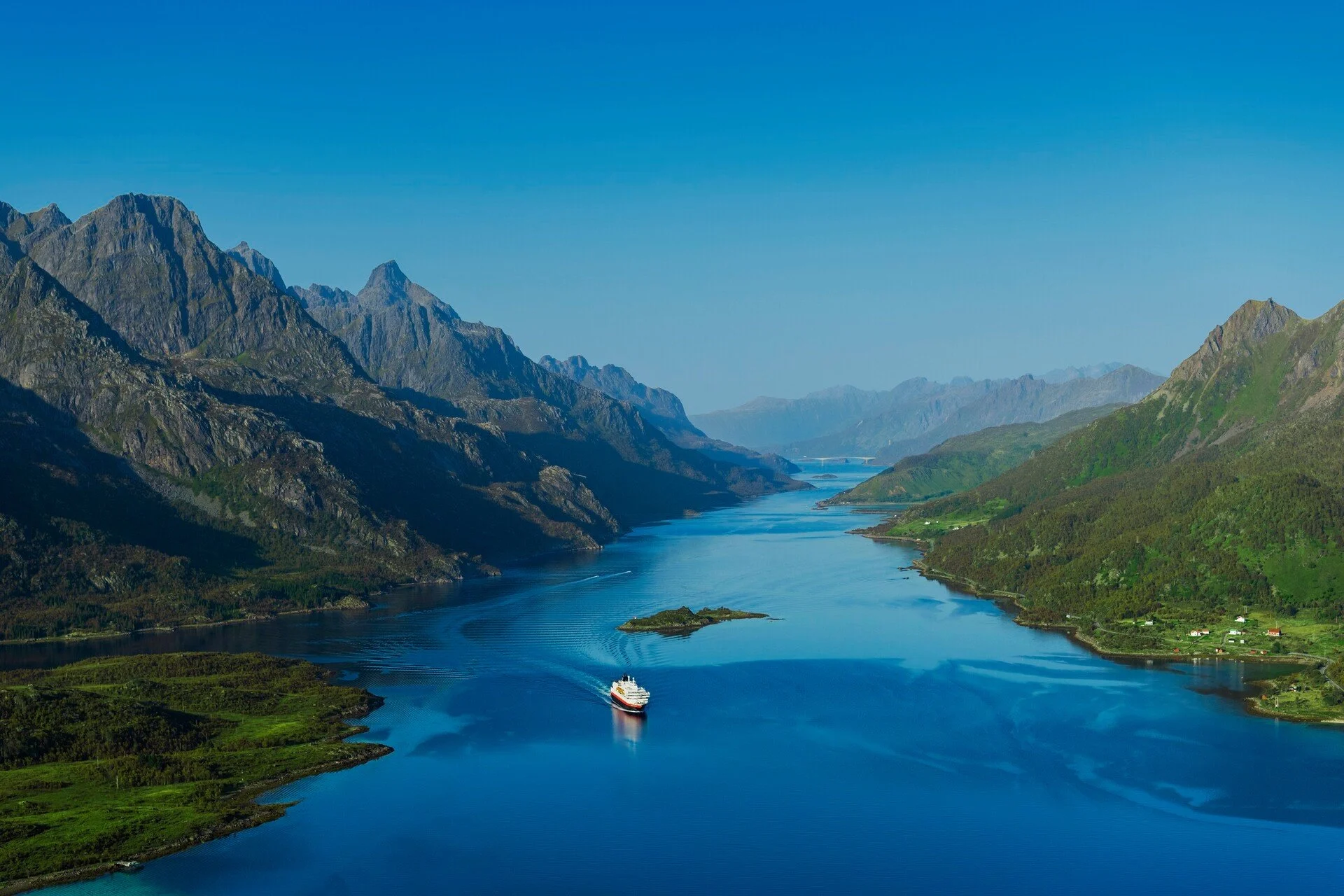
Upgrading our fleet
By 2025, in one of the largest environmental ship upgrades in Europe and in our 130-year history, we will have transformed our fleet with major environmental upgrades.
Our fleet will be more energy efficient, cutting CO2 emissions by approximately 25% and NOx by 80%, and three ships will be upgraded to hybrid power.
Our credentials
Certified biofuels From carefully selected sources
Minimised energy use Through new propeller blades, new bulbous bows, new gears, and new control systems
Streamlined hulls That optimise inertia and reduce drag when sailing
Free from unnecessary single-use plastic With biodegradable or long-lasting, high-quality alternatives
Shore-power connectivity That allows all ships to ‘plug in’ to electricity when docked in port, reducing emissions when shore power is available.
State-of-the-art wastewater treatment Systems to limit emissions to sea
Committed to the future of our home
A deep love for Norway’s coast compels us to take care of its pristine waters and shores – as well as the livelihoods of those who live there
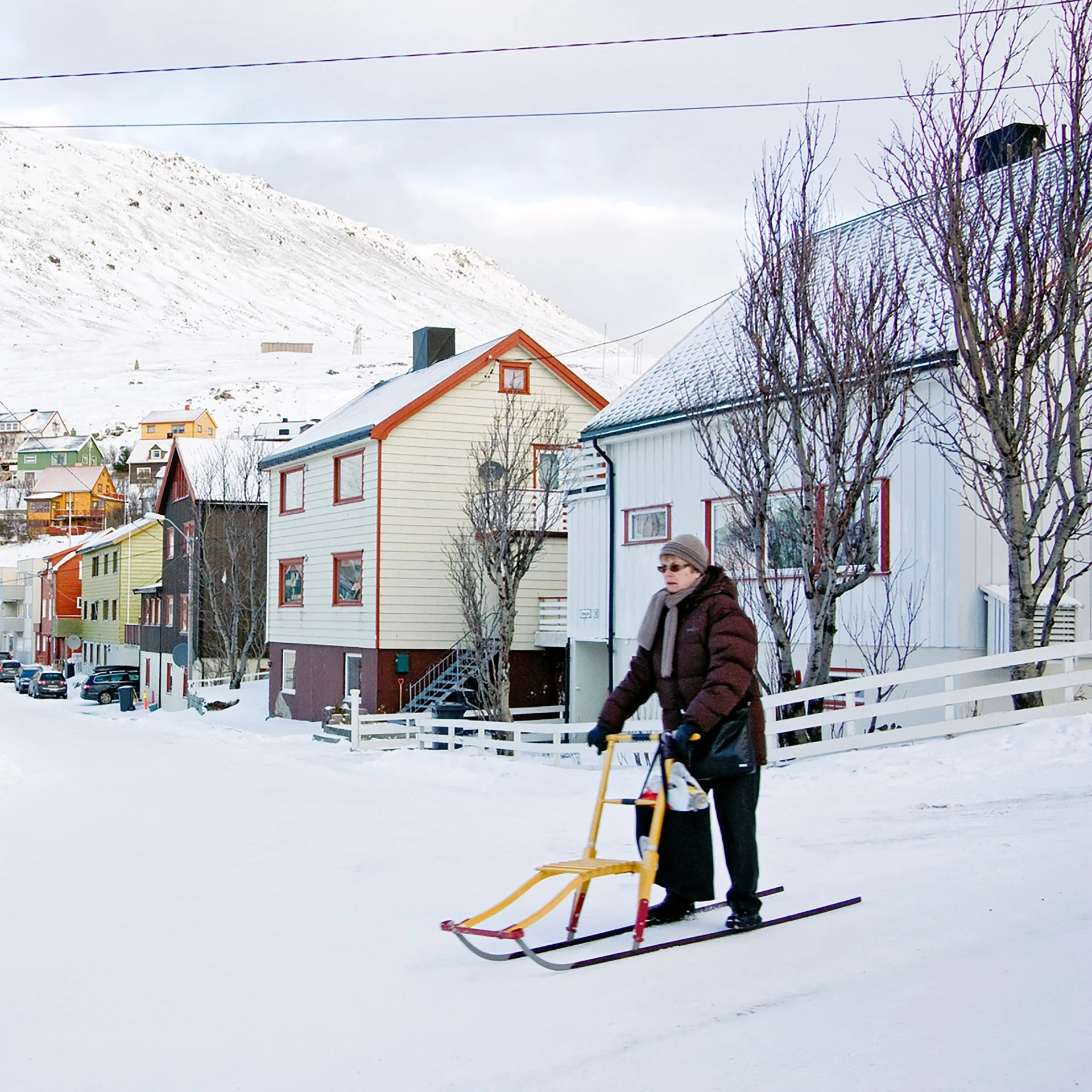
about us
Caring for the Coast – People
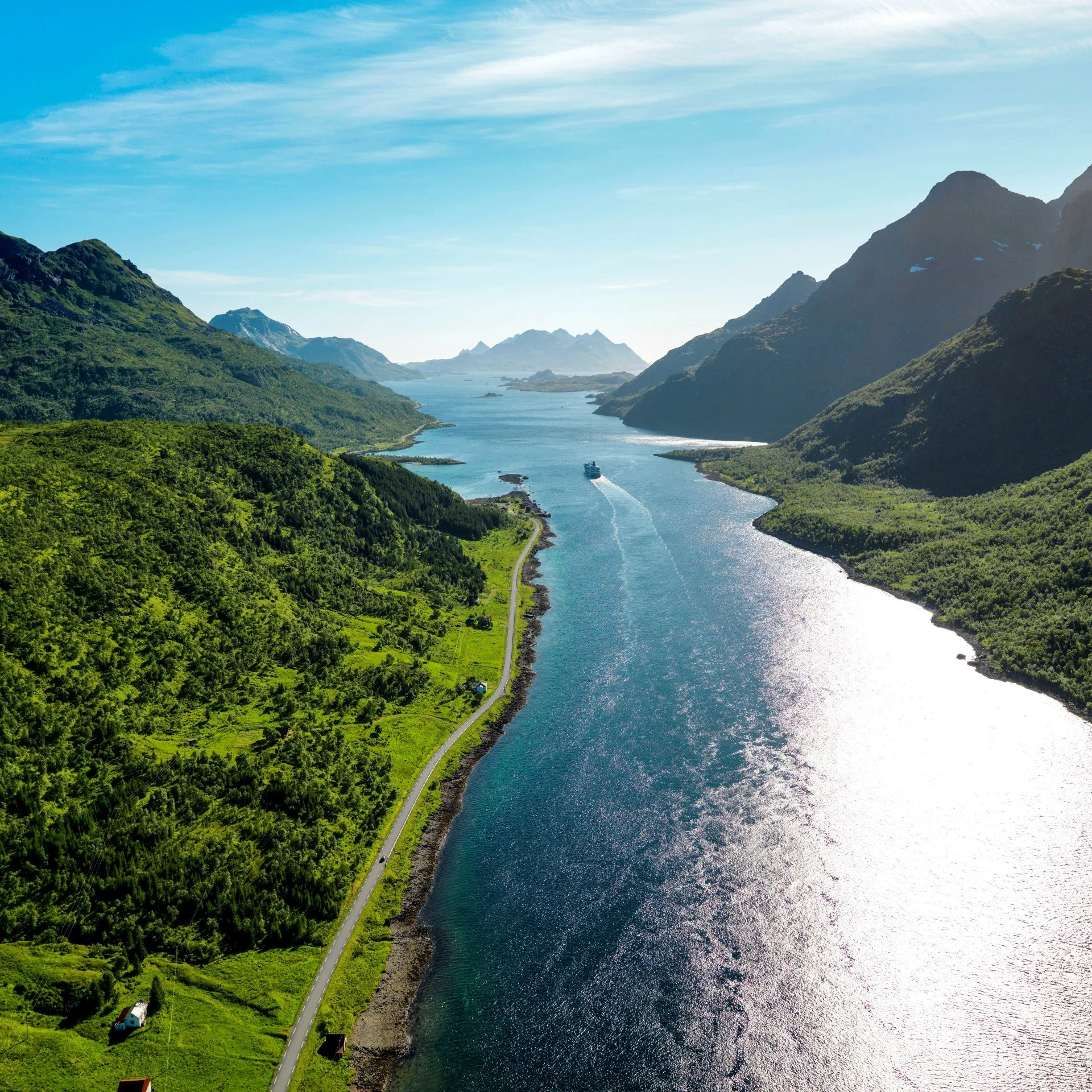
about us
Caring for the Coast – Nature
Our strategy for sustainability
The Norwegian coast has been our home for 130 years, and so we’ve had a front-row seat when it comes to seeing the urgency of protecting it. Read more about how we've been caring for the coast in our ESG report.
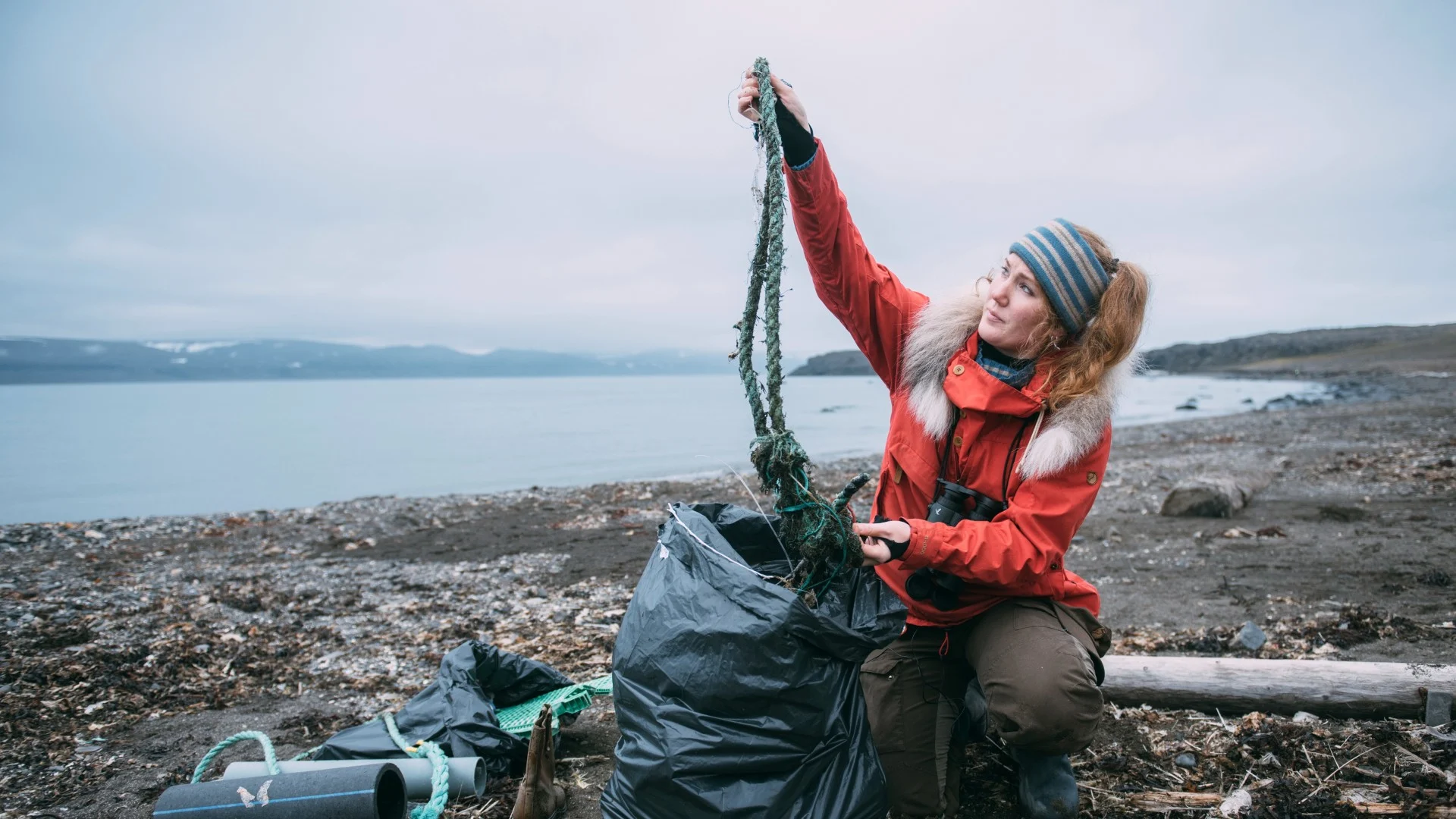
How we said goodbye to single-use plastics
In summer 2018, we were the first cruise line to remove single-use plastics from all our ships and offices. Our own Helga Bårdsdatter Kristiansen was the driving force behind the initiative.
